What Cake Can Teach Us About Germany Posted by Constanze on Aug 5, 2020 in Culture, Food
Guten Tag! This is the first in a two-part series on one of my favourite subjects: Cake (der Kuchen in German)- specifically, German cakes with interesting, often place-specific, names. We will look at why those cakes are named the way they are, and learn a little language, culture and history in the process. So, as well as being lecker (delicious), let’s see what the world-famous German Kuchen can teach us!
Die Schwarzwälder Kirschtorte
One of the best-known German cakes is the Schwarzwälder Kirschtorte, aka. the Black Forest Gateau. The name of this cake references what is probably the most famous German forest – der Schwarzwald (The Black Forest) in Baden-Württemberg. However, this cake is not named after the Schwarzwald itself, but after the liquor used in the cake, which comes from that region. This liquor is called das Schwarzwälder Kirschwasser – literally, ‘the Black Forest cherry water’. So, to experience a truly authentic Schwarzwälder Kirschtorte, get your hands on a slice that has some Schwarzwälder Kirschwasser in it!
Die Donauwelle
Donauwelle means ‘Danube wave’ or ‘Wave of the Danube’ (die Donau – the Danube; die Welle – the wave), referencing the Danube River. Die Donau is Europe’s second-largest river. It starts in Germany, and runs through a total of 10 countries: Deutschland (Germany); Österreich (Austria); die Slowakei (Slovakia); Ungarn (Hungary); das Kroatien (Croatia); das Serbien (Serbia); das Bulgarien (Bulgaria); das Rümanien (Romania); Moldau (Moldova); die Ukraine (Ukraine). The cake is named as such due to the wavy pattern on the inside of it, designed to resemble the waves of the river. However, whether the Donauwelle originated somewhere along the Danube, or was simply named after it, is unclear- either way, to name a cake after such a famous river makes perfect sense to me!
The Donauwelle can be black and white in colour, but there is a version with a red top, called der Schneewitchenkuchen, after Snow White (Schneewitchen) in the Brothers Grimm fairytale of the same name.
Zwetschgendatschi
The Zwetschgendatschi is a plum sheet cake originating in Augsburg, Bayern (Bavaria). However, this cake goes by a variety of different names, depending on where you are in the country, and therefore has a few things to teach us about German language and culture:
1. The word ‘datschi’ is used in southern Germany and is said to come from the verb datschen (or detschen), meaning ‘to pinch’, as the plums are ‘pinched’ into the dough to make this cake.
2. Outside of the south it is likely to be called either Zwetschgenkuchen or Pflaumenkuchen, using the word Kuchen (cake) instead of the more regional Datschi.
3. Both Zwetschgen and Pflaumen are plums (singular: die Zwetschge / die Pflaume). They are just different types of plums!
4. It is said that the Zwetschgendatschi originated in Augsburg, and was originally designed to resemble the Zirbelnuss (pine cone) on the Augsburg coat of arms. For this reason, Augsburg is also known affectionately as Datschiburg.
Join me next time for more German cake, and let’s see what else these delicious treats can teach us!
Bis dann (until then),
Constanze

Build vocabulary, practice pronunciation, and more with Transparent Language Online. Available anytime, anywhere, on any device.



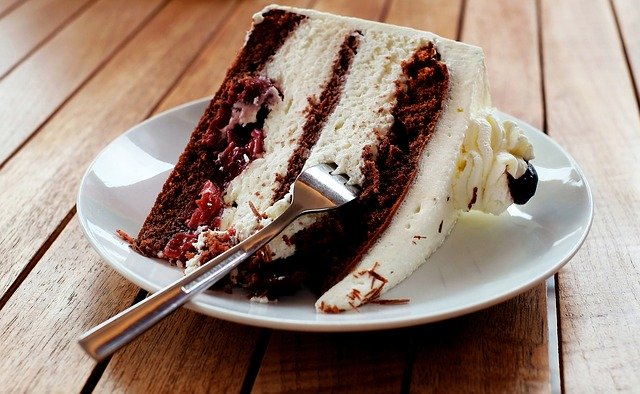
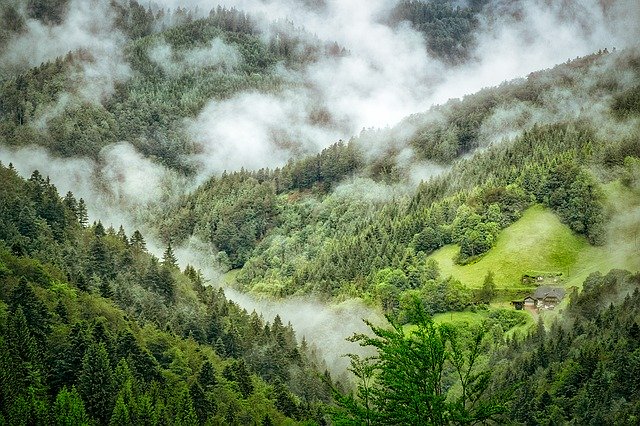
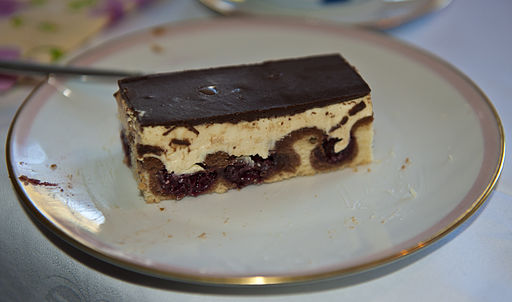
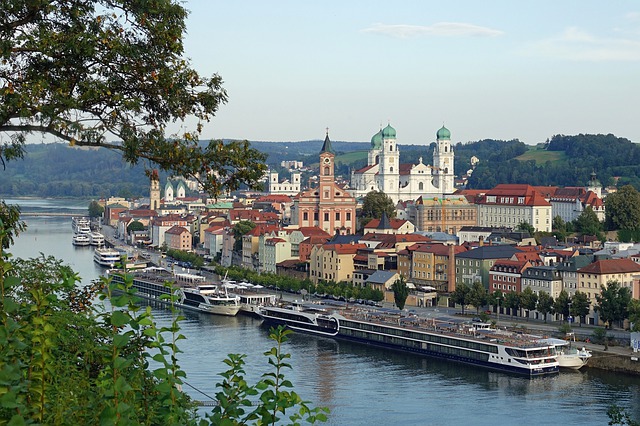
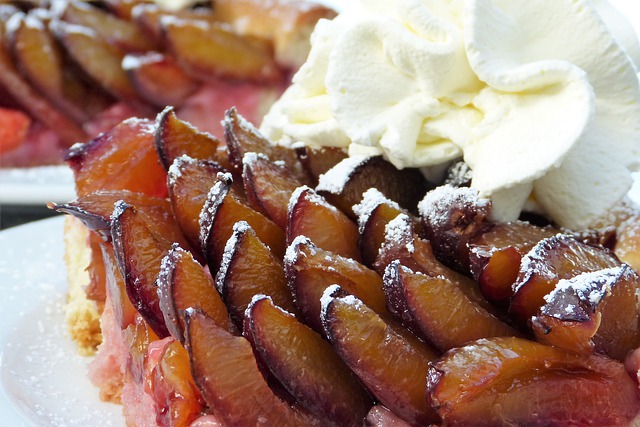
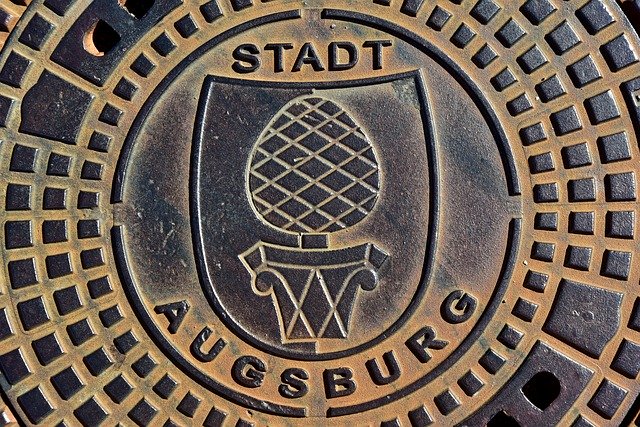

Comments:
JB:
Interesting article again! Many thanks and do keep them coming. ?
Constanze:
@JB Thanks, JB! Part two is coming tomorrow! 🙂